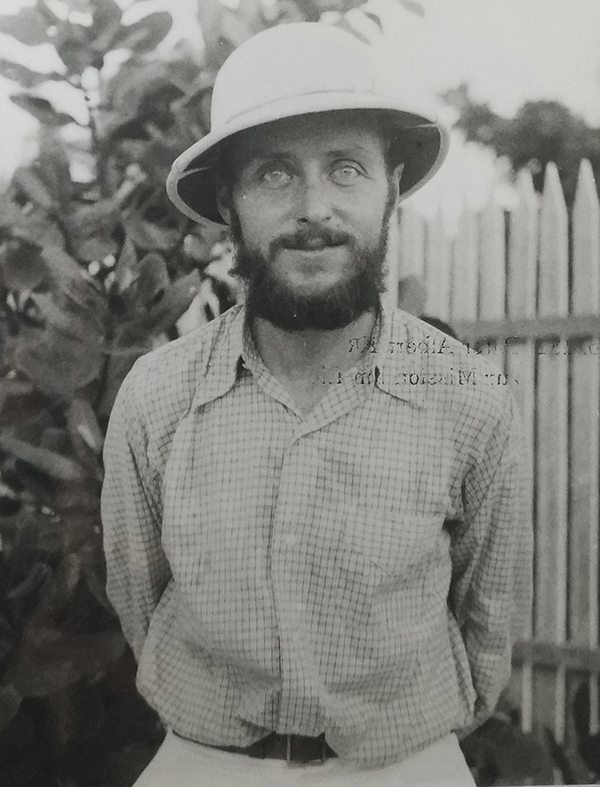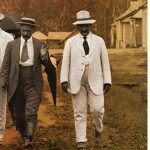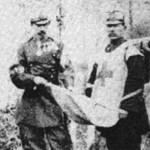March 2020

Isis vol. 111, n. 1, mar/2020 cover.
Popular belief holds that Brazil is a “blessed country,” where hurricanes, severe earthquakes, volcanoes, and other intense natural disasters do not occur. A closer look, however, reveals many examples that contradict these assumptions. In The History of Geology Meets Disasters: A Brazilian Perspective, Maria Margaret Lopes and Silvia Fernanda de Mendonça Figueirôa, affirm that Brazil has been living under the impact of severe environmental, cultural, and political disasters for centuries.
In the article released in the latest issue of Isis (vol.111, n.1, mar/2020), a publication from the History of Science Society, the researchers from the University of Brasilia and University of Campinas, respectively, observe that in addition to these so-called natural disasters, Brazil has also regularly faced another category of disaster, caused by historical setbacks, a lack of public policies, and contingency situations.
For them, paradigmatic examples in recent years include the fire that destroyed the building and most of the collections of the National Museum of Rio de Janeiro in September 2018 and the rupture of a dam associated with mining activities in Brumadinho, Minas Gerais, in January 2019. These disasters, they argue, have nothing to do with nature.
“In this ‘blessed country’ it is primarily humans, not nature, who have caused the damages that are too grievous to bear, owing to irresponsibility, ignorance, and neglect”, they point out. For them, the existence of these disasters only reinforces the urgency of taking innovative environmental, legal, and political steps to safeguard and preserve archives and material collections stored not only in Brazilian institutions but in repositories throughout the world.
Taking a longer view, the essay focuses on Brazilian volcanism and earthquakes since the sixteenth century, asking what these subjects can tell us about the histories of disasters and geological sciences, in Brazil and the world.
Read the full article:
Maria Margaret Lopes and Silvia Fernanda de Mendonça Figueirôa, “The History of Geology Meets Disasters: A Brazilian Perspective”, Isis 111, no. 1 (March 2020): 104-111.
Read in HCS-Manguinhos blog:
Between sees and continents
Article of Maria Margaret Lopes and Irina Podgorny discusses the scientific trajectory of the zoologist and paleontologist Hermann von Ihering. He was the director of Paulista Museum in São Paulo and formulated a theory on land bridges.
Brazilian researchers launch a campaign to create a collaborative digital archive of Museu Nacional
Researchers from several Brazilian institutions launched a campaign to gather copies of documents that belonged to the Archive of the National Museum of Rio de Janeiro (Museu Nacional).
Iron ore, economic geology and networks of experts between Wisconsin and the state of Minas Gerais, 1881-1914
Article by Georg Fischer reveals the importance of local negotiations in the incorporation of the subsoil of Minas Gerais into the global space of mining.
The battle to rebuilt centuries of history and science
One year after Brazil’s National Museum went up in flames that gutted the 200-year old colonial structure and destroyed nearly half of its irreplaceable contents, museum managers and researchers are slowly reconstructing what was one of Latin America’s most important museums.
The fire, the death and the hope
In the editor’s note of HCS-Manguinhos latest issue (vol.25 no.3 July/Sept. 2018) science editors Marcos Cueto and André Felipe Cândido da Silva write about the fire that consumed the best part of the bicentennial National Museum.








